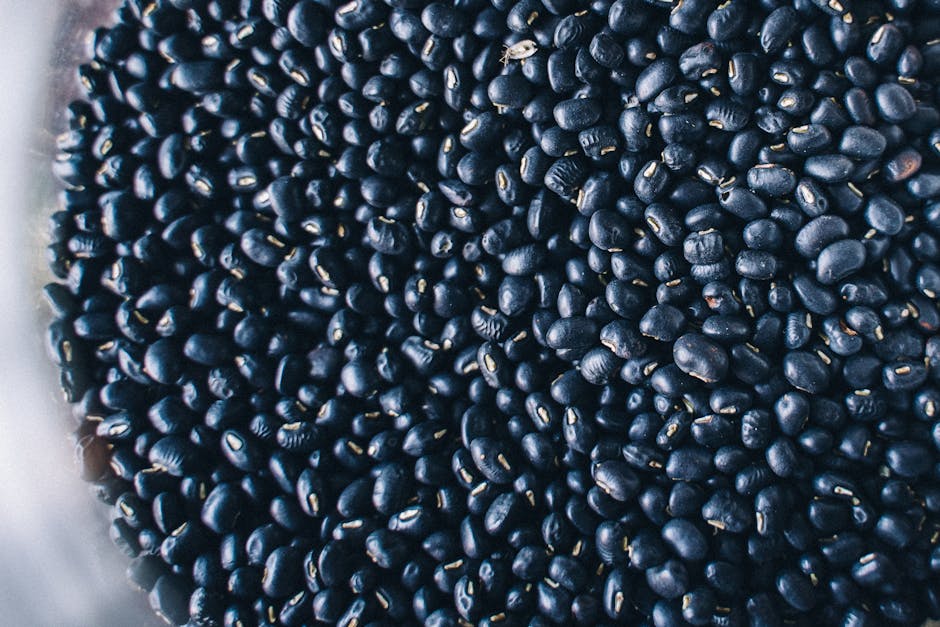How to Create a Sustainable Diet Plan
In a world where dietary trends come and go, creating a sustainable diet plan is not only beneficial for your health but also for the planet. A sustainable diet emphasizes nutritious food choices that are both environmentally friendly and economically viable. In this blog post, we will explore practical steps to develop a sustainable diet plan that suits your lifestyle and helps reduce your carbon footprint.
Understanding Sustainable Diets
A sustainable diet is one that has low environmental impacts and contributes to food and nutrition security for present and future generations. According to the Food and Agriculture Organization (FAO), sustainable diets are those that are protective and respectful of biodiversity and ecosystems, culturally acceptable, accessible, economically fair, and nutritionally adequate. They are also optimized for health and well-being.
To put it simply, a sustainable diet is about consuming foods that are good for you and the planet. It involves choosing foods that are grown and processed in ways that minimize harm to the environment while providing nourishment for our bodies.
Key Components of a Sustainable Diet Plan
1. Prioritize Plant-Based Foods
Plant-based diets have been shown to significantly reduce greenhouse gas emissions. A study published in ‘Science’ found that vegan and vegetarian diets can cut emissions by up to 73% compared to meat-heavy diets. Integrating more fruits, vegetables, legumes, nuts, and whole grains into your meals can help reduce your environmental impact while also benefiting your health.
2. Choose Locally Sourced and Seasonal Produce
Buying local and seasonal produce not only supports local farmers but also reduces the carbon footprint associated with transporting food over long distances. Seasonal fruits and vegetables are often fresher, tastier, and more nutrient-rich. To find out what’s in season in your area, you can check local farmers’ markets or use online resources.
3. Reduce Food Waste
Approximately one-third of all food produced globally is wasted, contributing to 8% of global greenhouse gas emissions. Reducing food waste is a critical component of a sustainable diet. Plan your meals ahead, store food properly, and get creative with leftovers to minimize waste. Consider composting organic waste to enrich your garden soil.
4. Opt for Sustainable Protein Sources
While protein is an essential part of a healthy diet, the source of your protein can have a significant environmental impact. Instead of relying solely on animal protein, explore plant-based proteins such as lentils, chickpeas, tofu, and quinoa. If you consume animal products, choose sustainably sourced fish, poultry, or grass-fed beef.
Creating Your Personalized Sustainable Diet Plan
Step 1: Assess Your Current Diet
Start by evaluating your current eating habits. Keep a food diary for a week to identify the types of foods you consume regularly and their quantities. This will help you understand where you can make changes to incorporate more sustainable options.
Step 2: Set Realistic Goals
Setting achievable goals is essential when transitioning to a sustainable diet. Begin with small changes, such as replacing one meat-based meal per week with a plant-based alternative or choosing organic produce when possible. Gradually, you can increase the frequency of these choices as you become more comfortable with the new diet.
Step 3: Plan Balanced Meals
Ensure your diet is balanced by including a variety of food groups. A typical sustainable meal should include a source of protein, healthy fats, and a generous portion of fruits and vegetables. Consider using resources like the Harvard Healthy Eating Plate to guide your meal planning.
Step 4: Explore New Recipes
Experimenting with new recipes can make the transition to a sustainable diet exciting and enjoyable. There are countless online platforms and cookbooks dedicated to plant-based and sustainable cooking. Discovering new flavors and cooking techniques can enhance your culinary skills while keeping your diet diverse and nutritious.
Step 5: Monitor and Adjust
As with any lifestyle change, it’s important to monitor your progress and adjust your diet as needed. Regularly check in with yourself to ensure that your diet plan is meeting your nutritional needs and aligns with your sustainability goals. Don’t hesitate to seek guidance from a nutritionist or dietitian if needed.
The Benefits of a Sustainable Diet
Adopting a sustainable diet offers numerous benefits beyond environmental impact. It can improve your health by reducing the risk of chronic diseases such as obesity, heart disease, and type 2 diabetes. A diet rich in plant-based foods is often high in fiber, vitamins, and antioxidants, promoting overall well-being.
Additionally, supporting local farmers and sustainable food producers contributes to the local economy and helps preserve biodiversity. By choosing sustainable options, you are advocating for ethical and fair food production practices that benefit communities worldwide.
Conclusion
Creating a sustainable diet plan is a proactive step toward a healthier lifestyle and a healthier planet. By prioritizing plant-based foods, choosing local and seasonal produce, reducing food waste, and opting for sustainable protein sources, you can make a significant positive impact. Remember, every small change counts, and collectively, our choices can lead to a more sustainable future. Start your journey today and inspire others to join you in making a difference.
Share this content:
About The Author
Discover more from J and J Fitness
Subscribe to get the latest posts sent to your email.




